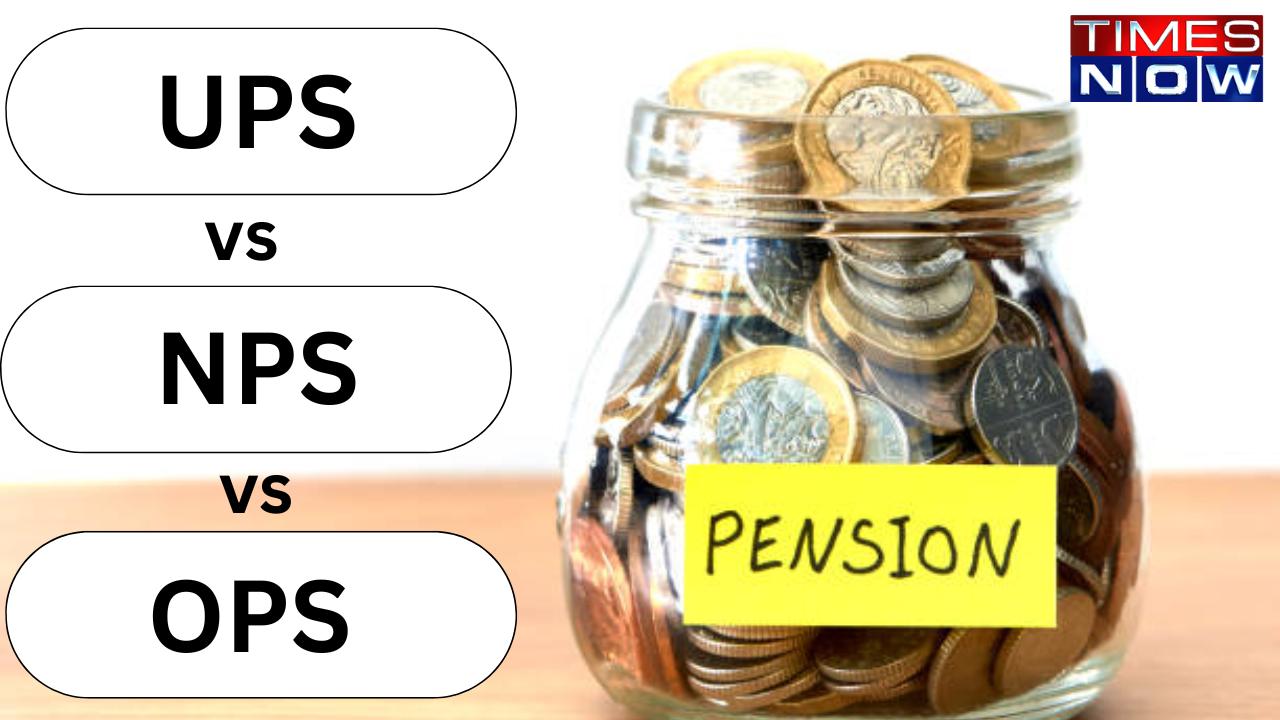Table of Contents

NPS vs OPS vs UPS: On Saturday, the Union Cabinet, chaired by Prime Minister Narendra Modi, approved the “Unified Pension Scheme” (UPS). Under the UPS, employees will receive 50 per cent of the average basic pay from the last 12 months before retirement as a pension. The scheme also comes with various other benefits, including assured pension, assured family pension, assured minimum pension, inflation-linked indexing, gratuity, and additional payments.
Many are confused about what is the difference between the existing NPS and OPS. How do they differ from each other? Here’s a detailed comparison:
Features of Old Pension Scheme (OPS)
– In OPS, retired employees receive 50 per cent of their last drawn salary as a pension.
– OPS provides for the General Provident Fund (GPF).
– The scheme offers a gratuity amount of up to Rs 20 lakh.
– Payments under OPS are made through the government treasury.
– In case of the retired employee’s death, their family receives the pension.
– No contribution is deducted from the employee’s salary for the pension.
– The scheme includes a provision for Dearness Allowance (DA) every six months.
Features of New Pension Scheme (NPS)
– Under NPS, 10 per cent of the employee’s basic salary plus DA is deducted.
– NPS is market-linked and hence not entirely secure. Taxes are applicable as well.
– To receive a pension after retirement, employees must invest 40 per cent of their NPS fund.
– There is no guarantee of a fixed pension under NPS.
– The scheme does not provide for DA increments every six months.
Related News |

Centre Announces Unified Pension Scheme For Government Employees
Features of Unified Pension Scheme (UPS)
– UPS does not burden employees with pension contributions and provides assured pension benefits.
– Employees will receive 50 per cent of their average basic pay from the last 12 months before retirement as a pension.
– If an employee passes away before retirement, their spouse will receive 60 per cent of the pension amount.
– For employees with a shorter service period, a minimum assured pension of Rs 10,000 per month is guaranteed.
– The scheme considers inflation, applying an inflation index to assured pensions, family pensions, and minimum pensions, similar to DA.
– On retirement, employees will receive an additional lump sum payment, calculated as 1/10th of their monthly pay (including DA) for every six months of service, on top of their gratuity.
Related News |

Unified Pension Scheme Vs National Pension Scheme: What Is The difference Between Two Schemes

